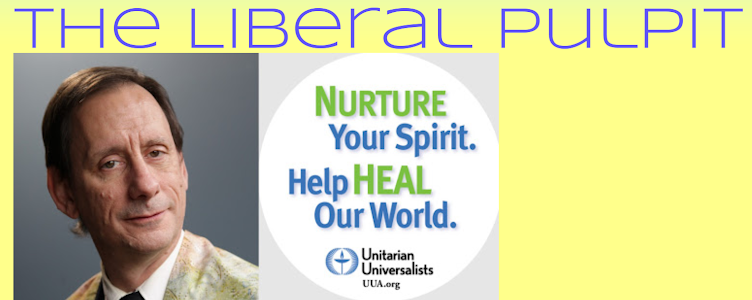“We know in our heads that we will die, but we have to know it in our hearts. We have to let this fact penetrate our bones. Then we will know how to live. To do that, we need to be able to look at the fact of death with steadiness. We can’t just glance at it casually.” (Larry Rosenberg)I don’t know how Erdrich or Spark or Montaigne or Heidegger came to the realization that keeping death constantly in mind is so liberating. For me, it came in a flash, but I think that flash was made possible by five years of daily meditation. There’s something about taking half an hour a day to sit still and quiet and notice each thought that comes up. See the thought, recognize it as a thought, let it fade. Just be in the expansive silence. Before long, another thought comes up. Notice it, recognize it as a thought, observe the thinking until it, too, fades. And so on. Over and over and over.
One thing you start to see almost right away is: that thought isn’t me. That thought is just something that’s happening to me right now. You go through this – thought after thought, sit after sit, day after week after month for a few years – and you get to where your thoughts have less hold on you.
The story you have about yourself – the narrative the mind creates in which the hero – you – nobly sallies forth like Don Quixote to do good things, encounters obstacles, and heroically tries to surmount them, begins to be less mesmerizing, begins to feel less like the ironclad truth about yourself. It’s just a story, it’s just thoughts – it’s not the real you, it’s just a stream of thoughts that happened to you and that the mind then assembled, somewhat creatively, into a more-or-less coherent story that has about as much connection to the truth as the story Don Quixote tells himself has.
In this way, simple ordinary meditation practice is inevitably a death practice. Our attention is brought to how thoughts fade, our whole story of who we are is just a string of such thoughts, so that fades. If the story is transparent, then the story’s hero – the self – is also transparent: seen through, insubstantial, not really real.
Of course, the self is always reconstituting, becoming opaque again, which is why it takes looking at it steadily over and over for years. See through it, and the next moment it’s opaque again. See through it again, and it reconstitutes. Keep at it, and gradually, over some years, the awareness of the self’s insubstantiality will become an ingrained part of your understanding.
* * *
This is part 3 of 4 of "Making Friends with Death"
Next: Part 4
Previous: Part 2
Beginning: Part 1
Photo by the author

.jpg)
No comments:
Post a Comment